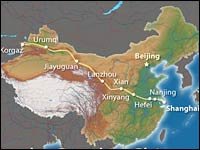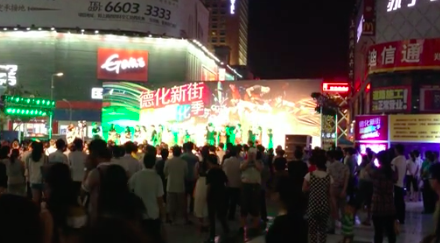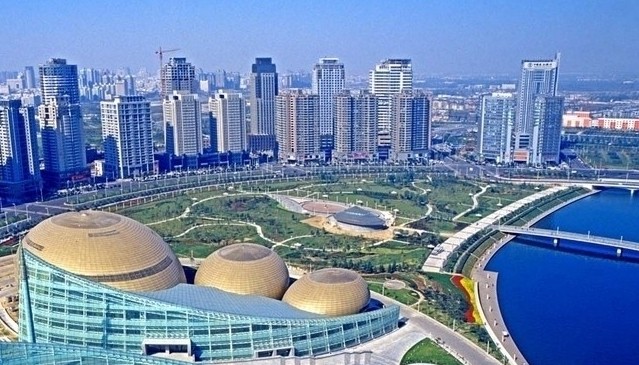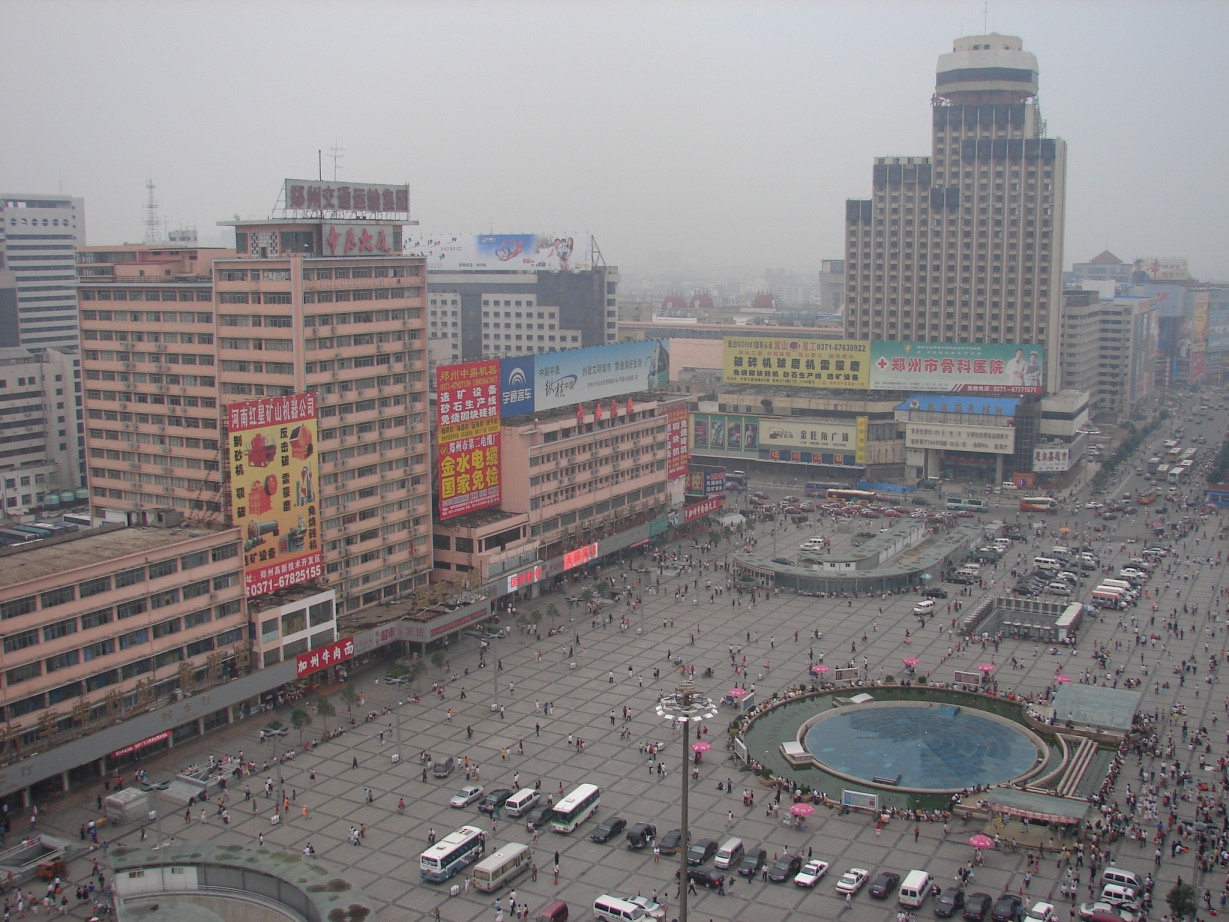I just read a fascinating book called “China Road,’’ journalist Rob Gifford’s account of his 3,000-mile, cross-country trek from Shanghai to the Kazakhstan border.
Gifford traveled on Route 312, China’s version of Route 66, and along the way he experienced all the contradictions, complexity and wonder of modern-day China. As he passes through high-tech cities, the poverty-stricken countryside and isolated desert towns, Gifford encounters an unforgettable cast of characters, including slick Amway salesmen, karaoke hookers, a Daoist hermit, AIDS-ravaged farmers and a voluble talk-show host.
Gifford is impressed by China’s remarkable economic progress and its citizens’ optimistic outlook, but he’s also alarmed by widespread corruption and the unbridled power of the Communist Party. He weaves in illuminating stories about China’s history and culture that help put the country’s current boom in perspective.
Since I’m moving to Zhengzhou, the capital of Henan province, I was particularly interested in his story about a government-caused AIDS epidemic in the rural villages of southern Henan. To raise revenue in the 1990s, local governments there paid farmers to give blood, which contained plasma that could be sold to drug companies for use in making vaccines. But due to contaminated equipment and the practice of pumping blood back into the donor after the plasma was extracted, the HIV virus quickly spread throughout the region. According to Gifford, Chinese authorities turned a blind eye to the problem for a long time before finally acknowledging it and taking some steps to help the victims. “China Road’’ was published in 2007, but AIDS reportedly is still a big problem in China.





Fascinating stuff Rick,
I really enjoyed reading those accounts.
How terribly sad about HIV contamination.
We dropped more bombs in Laos, during Nixon’s incursion, as you know, than the total of the second world war-which still to this day baffles me.. did you visit Laos ?.its a literal paddy/ jungle active minefeild to this day.
I’ve always been fascinated by Indochina.
That escape must have happened from the Hanoi Hilton in 45 when the Japanese were in flux and towards the end of their occupation- that’s was cool to read. My favorite ironic tale is as soon as Mountbatten Entered Vietnam he re armed Japanese units and utelized them as a police force..